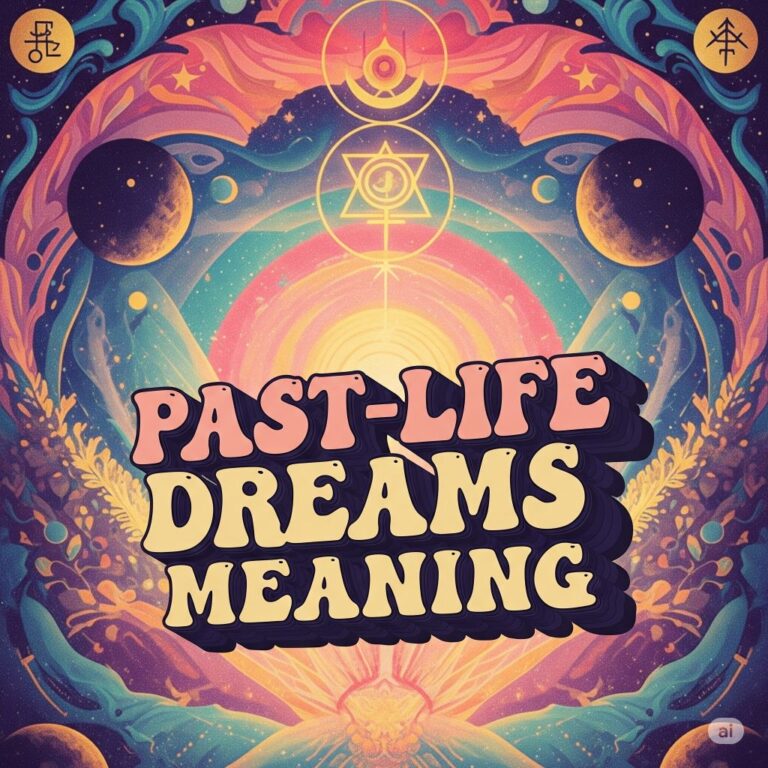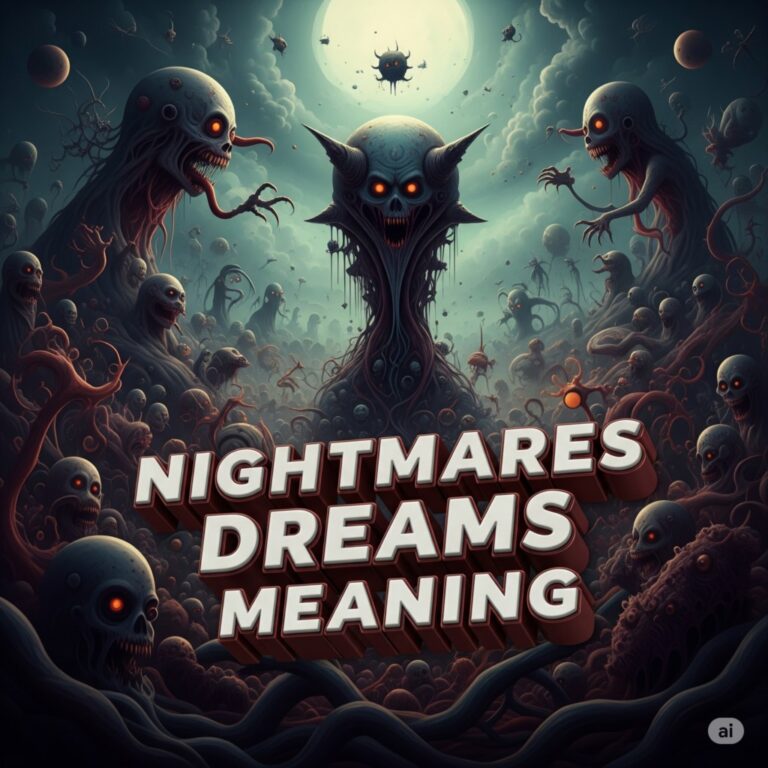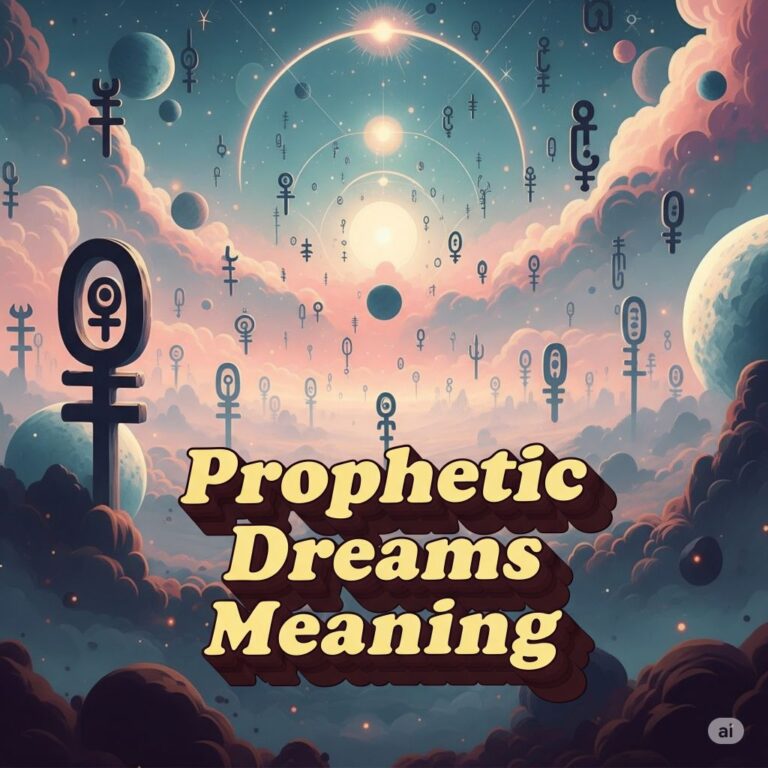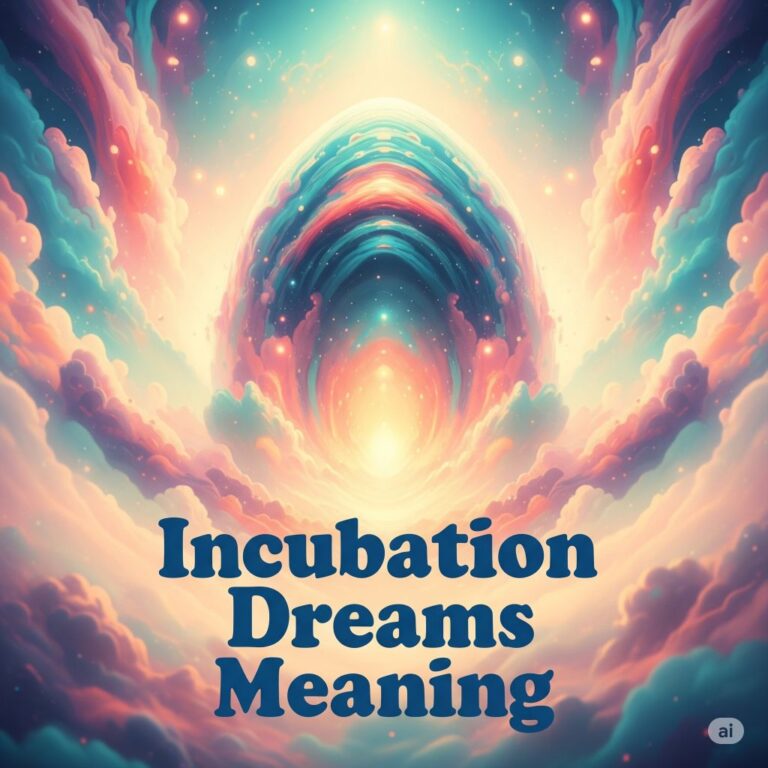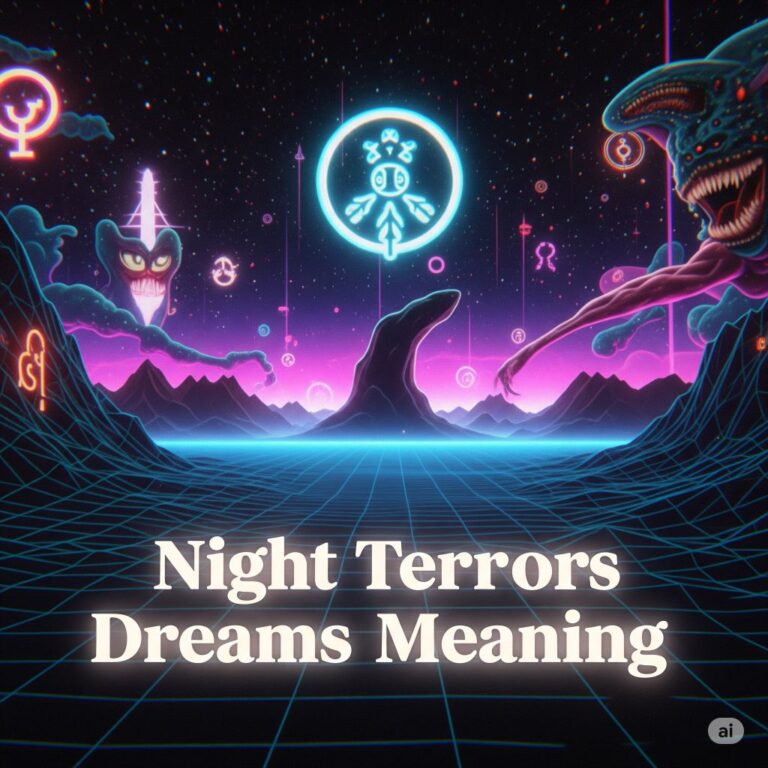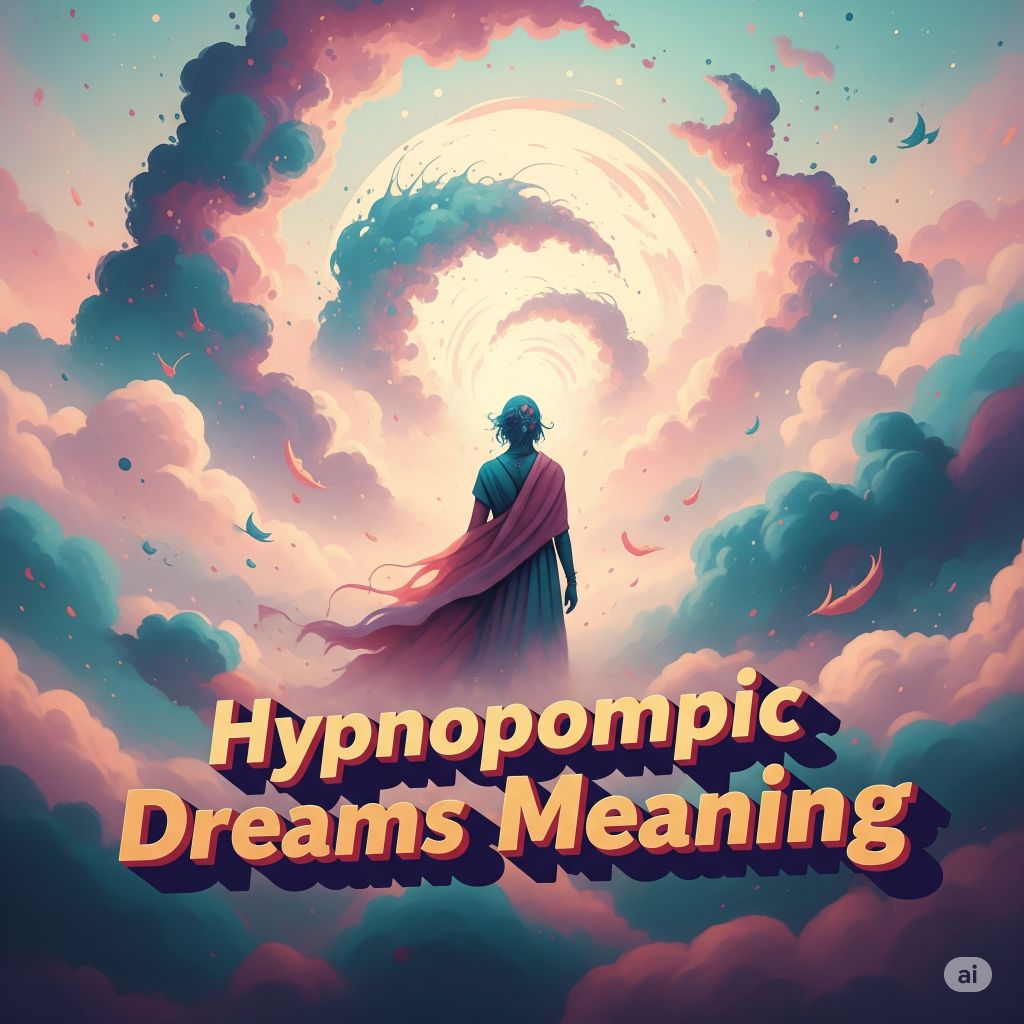
Every morning, millions of people pass through a mysterious threshold between sleep and waking. In that liminal state, many encounter vivid, often surreal experiences known as hypnopompic dreams or hypnopompic hallucinations. These episodes can range from fleeting sensations and fleeting snippets of dreamlike thought to powerful visions, sounds, or even the uncanny feeling of another presence in the room.
Despite their common occurrence, hypnopompic dreams are often misunderstood or dismissed as simple fragments of “waking up.” However, for centuries, mystics, psychologists, and neuroscientists have recognized them as a window into the workings of the subconscious mind, blending elements of dream and reality in ways that can be profoundly meaningful—and, sometimes, unsettling.
This article delves deep into hypnopompic dreams: what they are, why they happen, how they differ from other dream states, their cultural significance, and their potential implications for our understanding of consciousness, creativity, and well-being.
What Are Hypnopompic Dreams?
Hypnopompic dreams refer specifically to dream-like experiences or hallucinations that occur during the transition from sleep to wakefulness (the hypnopompic state). The term comes from the Greek words hypnos (sleep) and pompe (sending away), literally meaning “leaving sleep.”
These experiences are distinct from:
- Hypnagogic dreams: which occur while falling asleep.
- Typical dreams: occurring during the deeper stages of sleep, especially REM (rapid eye movement) sleep.
- False awakenings and lucid dreams: which exist within sleep itself, rather than at the boundary of waking.
Most commonly, hypnopompic phenomena unfold as the sleeper is emerging from REM or light sleep, sometimes lingering for seconds to minutes after the eyes have opened.
Key Features of Hypnopompic Dreams
- Vivid Sensory Impressions: Visual scenes, sounds, tactile sensations, or smells that seem incredibly real.
- Fusion of Reality and Dream: Elements of the dream seem to “bleed” into the waking world—sometimes producing confusion or surprise.
- Emotional Intensity: Experiences can be awe-inspiring, joyful, fearful, or neutral, but are often strikingly memorable.
- Transitional Quality: The dream narrative may dissipate or fragment as consciousness returns.
- Confusional Arousals: Some people awaken unsure whether what they just experienced was real or imagined.
- Sleep Paralysis Association: Hypnopompic dreams often coincide with sleep paralysis, where the mind wakes but the body remains immobile.
The Science of Hypnopompic Dreams
1. Neuroscientific Perspective
Sleep Stages and Transitions
Sleep is not a single, unbroken state, but rather a cycle through various stages:
- Non-REM (N1, N2, N3): Ranging from light to deep slow-wave sleep.
- REM Sleep: Where most vivid (and emotionally charged) dreams occur.
As we wake up, particularly from REM, the brain does not “switch” all at once from dreaming to waking. Instead, parts of the brain responsible for logical thought, sensory processing, and movement may “boot up” at different rates. This mismatch can create a window where dream imagery coexists with waking awareness.
Brain Regions Involved
- Occipital Lobes: Involved in visual imagery.
- Temporal Lobes: Auditory hallucinations often arise here.
- Prefrontal Cortex: Slow to activate upon awakening, which may explain fragmented reasoning or confusion.
- Parietal Lobes: Involved in spatial perception, sometimes leading to out-of-body or floating sensations.
Neurochemical Factors
- Acetylcholine: High during REM, supports vivid dreams.
- Serotonin & Norepinephrine: Levels rise as waking occurs, clearing dream states.
- During hypnopompic states, the dream-related chemicals and circuits may still be active even as waking neurotransmitters begin to predominate.
2. Frequency and Causes
- Prevalence: Most people experience hypnopompic dreams or hallucinations occasionally, but they are especially common in:
- Those with irregular sleep schedules
- Individuals with sleep deprivation
- People experiencing stress or life changes
- Those with narcolepsy, particularly
- Triggers: Sudden awakening from REM, sleep deprivation, medications affecting REM, shift work, or jet lag.
Psychological and Experiential Aspects
1. Forms of Hypnopompic Experience
- Visual: Flashing lights, human figures, animals, geometric patterns, or entire scenes.
- Auditory: Voices, music, environmental sounds, one’s name called, or loud noises (exploding head syndrome).
- Tactile: Sensations of touch, being held, floating, or even falling.
- Kinesthetic: Feeling of movement, acceleration, or out-of-body experiences.
- Emotional/Mental: Intrusive thoughts, strong emotional content, or a profound sense of meaning.
2. Sleep Paralysis and Hypnopompic Dreams
Sleep paralysis is a common coexistence with hypnopompic phenomena. During this state:
- The sleeper’s voluntary muscles remain paralyzed (a protective mechanism during REM).
- The mind awakens before the body “unlocks,” often provoking a sense of threat or helplessness.
- Hypnopompic hallucinations—especially of intruders, presences, or dark figures—can accompany the paralysis and are a classic source of alien abduction or succubus/incubus legends.
3. Lucidity and Awareness
Some individuals—especially frequent lucid dreamers—learn to recognize the hypnopompic state and may use it as a bridge to conscious dream exploration or even creative problem-solving upon waking.
Historical and Cultural Perspectives
Across history and cultures, hypnopompic experiences have been imbued with special meaning:
- Ancient Greeks and Romans: Considered waking dreams as messages from the gods.
- Indigenous Shamanism: Treated visions at sleep boundaries as journeys to spirit worlds or sources of healing.
- Medieval Europe: Nightvisitations (incubi, witches) often occurred upon awakening, linked to hypnopompic sensations.
- Victorian Spiritualism: Sleep-boundary visions were sometimes interpreted as contact with spirits or elements of the afterlife.
- Modern Psychology: Freud and Jung explored borderland dreams as access to the unconscious or archetypal insight.
Table: Cultural Interpretations of Hypnopompic Dreams
| Culture/Tradition | Interpretation | Common Elements/Meanings |
|---|---|---|
| Ancient Greek | Oracles, prophecies | Divine warnings, personal destiny |
| Medieval Europe | Witchcraft, demons | Night terrors, sleep paralysis visions |
| Shamanic (Global) | Spirit journeys | Animal guides, healing, transformation |
| East Asian folklore | Ghost encounters | Messages from ancestors, omens |
| Western psychology | Subconscious insight | Unresolved issues, hidden creativity |
Meaning and Significance of Hypnopompic Dreams
1. Personal Meaning and Insight
Because the hypnopompic state merges the logic of waking life with the emotional symbolism of dreams, it is often:
- Rich in intuition. Insights or creative solutions may surface during this liminal phase.
- Emotionally charged. Themes frequently reflect concerns, hopes, or unresolved conflicts from waking life.
- Catalytic for Self-Reflection. These dreams can clarify personal goals or highlight subconscious anxieties.
2. Creative Inspiration
Many artists, scientists, and writers have attributed major breakthroughs to visions or realizations during the hypnopompic state. Thomas Edison, Salvador Dalí, and Mary Shelley (author of “Frankenstein”) all valued the hypnopompic period for its link to the creative unconscious.
3. Psychological Benefits and Challenges
- Integrative Function: Hypnopompic dreams may assist in emotionally processing difficult experiences or cementing learning from the night.
- Potential Night Distress: For those prone to anxiety, especially children or people with trauma or sleep disorders, these episodes can provoke fear or confusion.
- Tool for Self-Understanding: With awareness, they become valuable material for therapy, journaling, or spiritual growth.
Distinguishing Hypnopompic from Other States
Hypnopompic (Waking Up) vs Hypnagogic (Falling Asleep):
| Feature | Hypnopompic | Hypnagogic |
|---|---|---|
| Timing | Just before or during waking | Just before falling asleep |
| Duration | Seconds to minutes | Brief, leads into sleep |
| Vividness | Often more dream-like | Often fragmentary, floating |
| Awareness Level | Usually higher | Usually lower |
| Emotional Charge | Can be intense | Often tranquil or playful |
Practical Guidance: Navigating Hypnopompic Dreams
1. How to Make Use of Hypnopompic Dreams
- Dream Journaling: Keep pen and paper by your bed to capture insights or images that appear as you wake.
- Meditative Reflection: Take a few moments upon waking to linger in the sensation; sometimes the meaning deepens with gentle inquiry.
- Creative Exercises: Use any imagery, words, or feelings as prompts for writing, art, or problem-solving.
2. Coping with Unsettling Experiences
If hypnopompic dreams are accompanied by distress, such as sleep paralysis or night terrors:
- Stay Calm: Remind yourself the experience is temporary and will pass naturally.
- Focus on Small Movements: Try moving a finger or toe to help the full body awaken.
- Seek Routine: Maintain regular sleep habits, reduce stress, and avoid overstimulation before bed.
- Professional Help: If experiences are frequent, severe, or impact sleep quality, consult a healthcare provider.
3. Enhancing Positive Hypnopompic Experiences
- Intentional Questions: Before sleep, ask your mind a question or set an intention; sometimes the answer appears upon waking.
- Sleep Hygiene: Quality sleep increases the chance of positive, meaningful hypnopompic episodes.
Conclusion
Hypnopompic dreams offer a fascinating glimpse into the interplay between the dreaming and waking mind. Whether they provide creative inspiration, emotional healing, insight, or simply a surreal brush with the mysteries of sleep, these transitional dream experiences enrich the tapestry of consciousness.
By understanding and appreciating hypnopompic dreams, we can learn to use their fleeting visions as gateways to self-discovery, creativity, and deeper attunement with both our subconscious and waking selves.
Summary:
- Hypnopompic dreams are powerful, vivid experiences at the boundary of sleep and wakefulness.
- They blend dream and waking reality, arising from neurological transitions and offering psychological insight.
- Across cultures and history, they’ve been seen as messages, inspirations, or sources of power—and sometimes, as hauntings or omens.
- When embraced, they can become valuable tools for growth, creativity, and well-being.
If you have questions about interpreting specific hypnopompic dreams or want advice for working with them in your personal life, feel free to ask!

